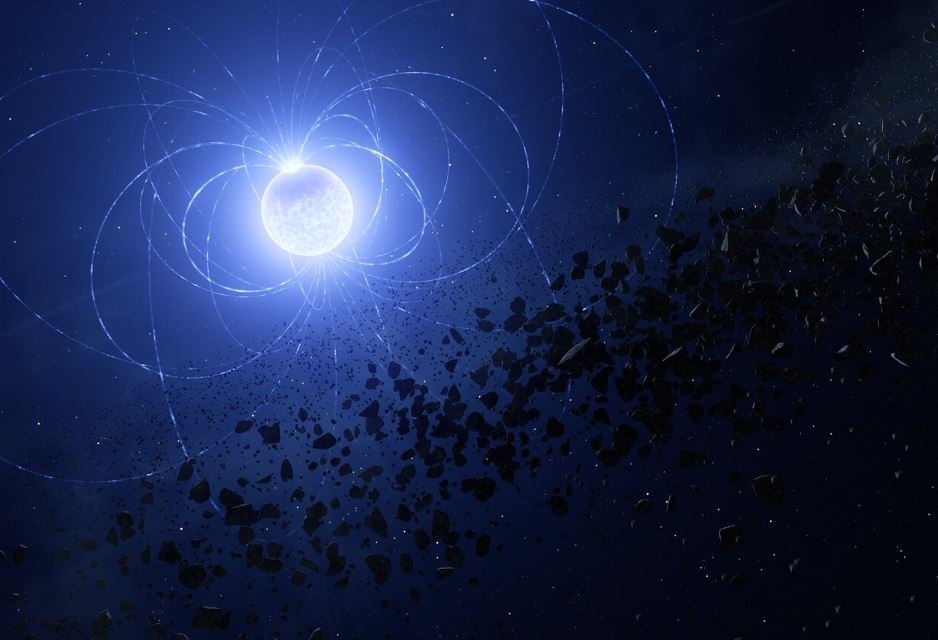Using data collected by the European Southern Observatory’s (ESO) Very Large Telescope (VLT) in Chile, a group of researchers It detected a strange signature involving ‘a type of metal scar on the surface of the white dwarf star’. A study on the discovery was published in the scientific journal The Astrophysical Journal Letters.
For the first time, scientists managed to detect such a signature during space observations. To reach the conclusion, the researchers used the Focal Reducer and Low Dispersion Spectrograph (FORS2) instrument on the VLT telescope.
Scar formation by metals originating from a planetary fragment and imprinted on the surface of the white dwarf. named WD 0816-310 — the sign of these metals appears to change as the cosmic object rotates. Not only is the star similar in size to Earth, but its mass is closer to that of the Sun.
By observing that the metals’ signals appeared to vary, the team realized that they were concentrated in a particular region of the star; that’s why they called it ‘scar’. Metallic materials reached the surface, probably due to the white dwarf’s magnetic field.
“It is well known that some white dwarfs, the slowly cooling embers of stars like our Sun, cannibalize parts of planetary systems. We are now discovering that the star’s magnetic field plays an important role in this process, resulting in a scar on the surface of the Sun’s white dwarf.” said Stefano Bagnulo, one of the lead authors and astronomers at Armagh Observatory and Planetarium.
White dwarf scar
Before becoming a white dwarf, the star remained in a stationary phase for a long time until the hydrogen in its core began to deplete. Following this process, it became a red giant, converting helium into heavier elements, after which its outer layers were ejected into space and its core contracted. As a result of this contraction; star turned into white dwarf.
As the researchers explained in an official statement about the paper, Observations like these can help understand the composition of exoplanets and other celestial bodies outside the system. Sun. In fact, future studies on the subject should further explain the importance of discovering traces of metal in the white dwarf.
“Surprisingly, the material was not evenly mixed on the star’s surface, as theory predicted. Instead, this signature was a concentrated piece of planetary material held in place by the same magnetic field that directed the falling pieces. Nothing like it has been seen.” before,” said study co-author John Landstreet, a professor at Western University in Canada.
Always stay up to date with the latest studies on astronomy at TecMundo. If you wish, take the opportunity to understand how the Sun’s brightness can hide ‘planet-killer’ asteroids.
Source: Tec Mundo
I’m Blaine Morgan, an experienced journalist and writer with over 8 years of experience in the tech industry. My expertise lies in writing about technology news and trends, covering everything from cutting-edge gadgets to emerging software developments. I’ve written for several leading publications including Gadget Onus where I am an author.













